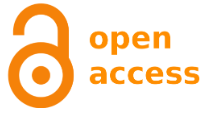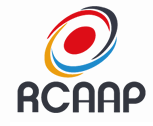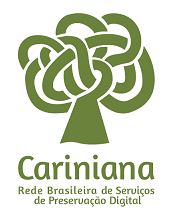Efeitos do sistema de alimentação e grupo racial sobre o desempenho, características de carcaça e qualidade da carne de cabritos confinados
DOI:
https://doi.org/10.5433/1679-0359.2016v37n4p2111Palavras-chave:
Aleitamento, Ezoognósia, Papilas ruminais, Rúmen-retículo.Resumo
O experimento foi realizado com o objetivo de avaliar o efeito de dois sistemas de alimentação e de cinco grupos raciais sobre o desempenho, medidas biométricas e análise morfológica do estômago de cabritos confinados. Foi utilizado o delineamento em blocos (gênero) casualizados em esquema fatorial 5 x 2, sendo os grupos raciais: Alpino (A), Anglo-Nubiano (AN), 1/2 Boer x 1/2 Alpino (1/2BA), 3/4 Boer x Alpino (3/4BA) e 7/8 Boer x Alpino (7/8BA), submetidos a dois sistemas alimentares: 1,5 L de leite/animal/dia mais dieta experimental ou apenas dieta experimental sem fornecimento de leite. Os cabritos foram abatidos após atingirem 30 kg de peso corporal. Os animais 1/2BA foram os que apresentaram melhor desempenho, devido à manutenção de maior heterose nesse cruzamento e que implica em facilidade de manejo por não haver necessidade de manter fêmeas cruzadas 1/2 Boer x Alpine e 3/4 Boer x Alpine no rebanho. A utilização de leite na alimentação dos animais não traz prejuízos ao desempenho e medidas biométricas, e ajuda a reduzir o peso total do estômago, propiciando economia de 51,39 % no consumo da dieta, podendo ser recomendado caso haja leite excedente na propriedade.Downloads
Downloads
Publicado
Como Citar
Edição
Seção
Licença

Este trabalho está licenciado sob uma licença Creative Commons Attribution-NonCommercial 4.0 International License.
Semina: Ciências Agrárias adota para suas publicações a licença CC-BY-NC, sendo os direitos autorais do autor, em casos de republicação recomendamos aos autores a indicação de primeira publicação nesta revista.
Esta licença permite copiar e redistribuir o material em qualquer meio ou formato, remixar, transformar e desenvolver o material, desde que não seja para fins comerciais. E deve-se atribuir o devido crédito ao criador.
As opiniões emitidas pelos autores dos artigos são de sua exclusiva responsabilidade.
A revista se reserva o direito de efetuar, nos originais, alterações de ordem normativa, ortográfica e gramatical, com vistas a manter o padrão culto da língua e a credibilidade do veículo. Respeitará, no entanto, o estilo de escrever dos autores. Alterações, correções ou sugestões de ordem conceitual serão encaminhadas aos autores, quando necessário.















